After a long pause that relieved millions of borrowers during and after the COVID-19 pandemic, the Office of Federal Student Aid (FSA) is starting a new phase in its student loan repayment strategy. The FSA is set to restart the Treasury Offset Program to collect unpaid student loans from borrowers who are in default on May 5. While that might sound alarming, it’s essential to understand what it means for your clients with unpaid student loans.
This program, run by the U.S. Department of the Treasury, allows the government to collect on defaulted student loans by taking borrowers’ tax refunds and other federal payments. Your affected clients will likely receive an email from FSA within two weeks after May 5 explaining the upcoming changes and encouraging them to take action.
Here are a few actions you can advise your clients to take to avoid any issues:
Contact the Default Resolution Group: They can help determine borrowers’ options.
Start making monthly payments.
Join an Income-Driven Repayment (IDR) Plan, which makes borrowers’ payments more manageable by basing the amount owed on their income.
Consider signing up for loan rehabilitation to get out of default.
Later this summer, the FSA will begin administrative wage garnishment, meaning a portion of your clients’ paychecks may be automatically withheld to help pay off their loan debt. If this occurs, clients will receive formal notices. In addition, the Department of Education will allow guaranty agencies to initiate involuntary collection actions on loans from the Federal Family Education Loan (FFEL) Program, which ended in 2010.
All collection actions must follow the rules set by the Higher Education Act, which states that taxpayers will not face penalties unless notified first and allowed to address their default.
In response to these pressures, some employers are implementing innovative programs to provide solutions.
Converting PTO to student loan payments
One emerging employer-provided benefit for employees with student loans is to allow them to convert unused paid time off (PTO) into student loan payments. This could benefit some, but there are also tax implications (IRS Notice 2024-63).
It’s essential to know that PTO conversions are taxable income under IRC §61. The funds are treated as wages if PTO is cashed out to assist with student loan payments outside of a qualified plan. Consequently, this amount will be included in the employee’s gross income, reflected on their Form W-2, and may be subject to income tax withholding, FICA and FUTA.
Employees can still take advantage of the student loan interest deduction if they do a conversion, which is capped at $2,500 per year and subject to certain income limitations, as detailed in IRC §221. Remember that, while using PTO to make payments is a fantastic strategy, only the interest portion of those payments qualifies for the deduction.
Moreover, employers can offer PTO conversion options through a cafeteria plan in alignment with IRC §125, which allows employees to select between cash compensation and loan payments. A nondiscriminatory written document must outline the cafeteria plan to ensure compliance.
The SECURE 2.0 Act of 2022 introduced a new feature in §110 that allows employers to treat student loan payments as elective deferrals for matching contributions. This means employers can now offer matching contributions to retirement plans based on Qualified Student Loan Payments (QSLPs), even if employees are not actively contributing to the retirement plan. These matching contributions are tax-deferred, which helps grow retirement savings over time.
With the rise of PTO-for-student-loan-repayment options, your employer clients will likely have compliance questions. Here’s what to keep in mind to help them navigate this emerging trend:
Anticipate increased employee interest in trading PTO to cover student loan payments, and prepare to respond with clear, compliant guidance.
Establish a written, nondiscriminatory educational assistance plan to properly exclude these repayment amounts from wages and ensure compliance with withholding requirements (FICA, FUTA, income taxes).
Exercise caution when implementing PTO conversions within cafeteria plans to avoid constructive receipt issues under IRC §451, which states that income is taxable when the employee has the right access to it, not just when it’s paid.
Update retirement plan documents if your clients choose to match contributions based on employees’ qualified student loan payments (QSLPs).
Refer clients to IRS Publication 15-B and Notice 2024-63 to maintain compliance with fringe benefit and retirement plan rules.
As the landscape evolves, NATP members can be trusted guides, providing valuable insights to help employers confidently offer these innovative benefits to their employees.
Information included in this article is accurate as of the publish date. This post is not reflective of tax law changes or IRS guidance that may have occurred after the date of publishing.
